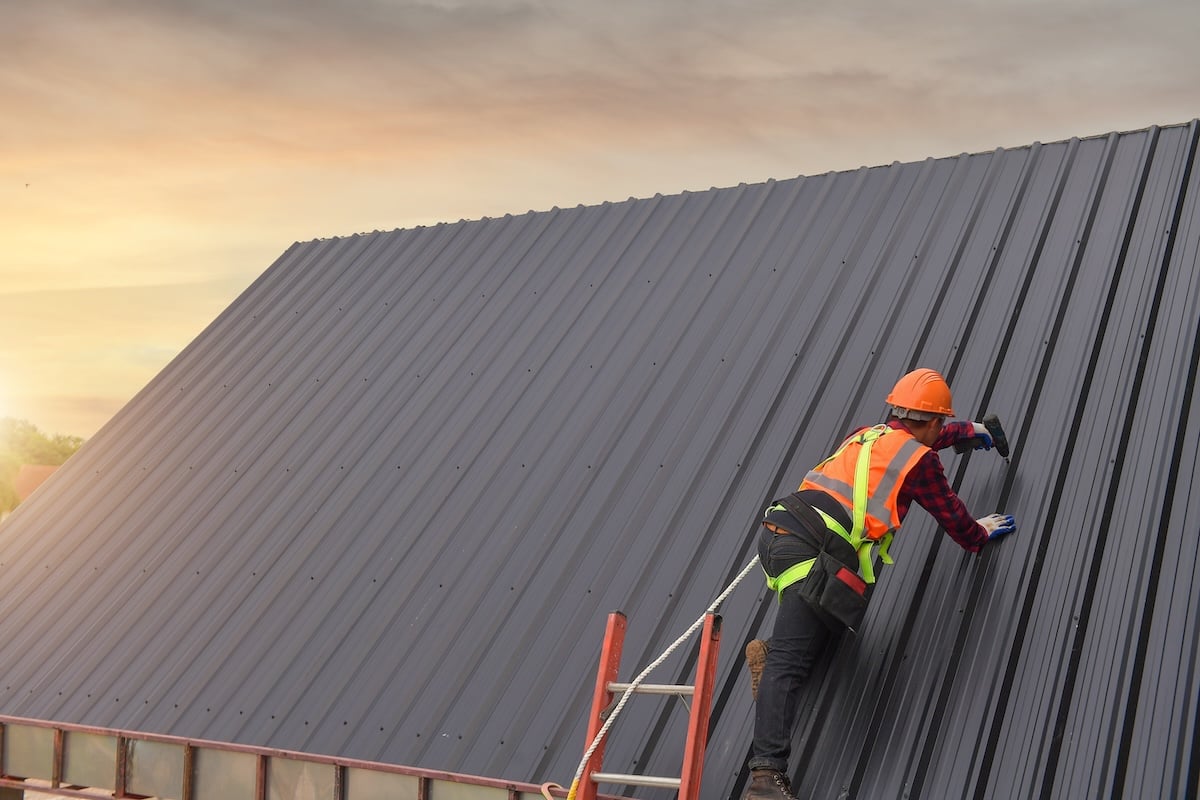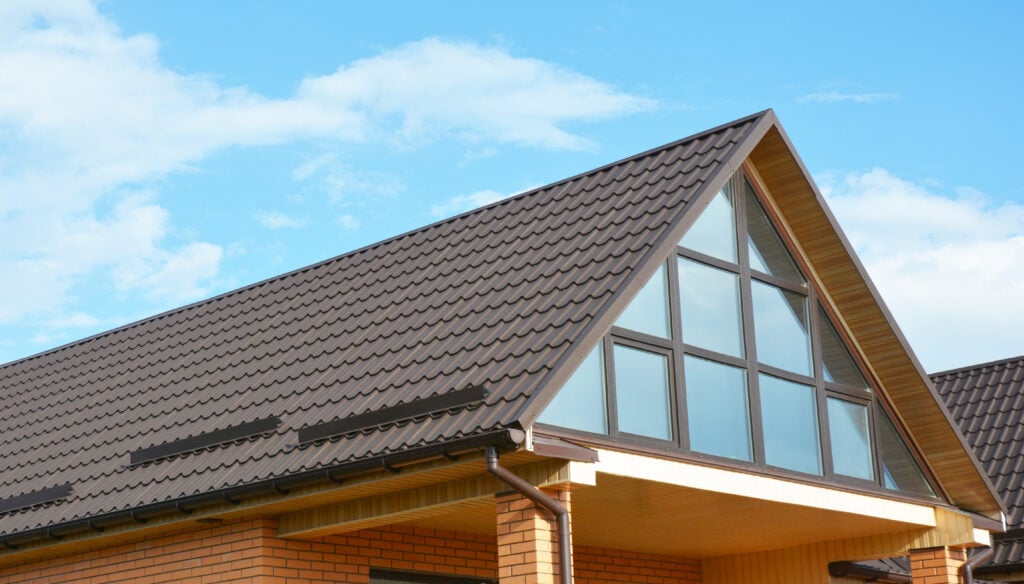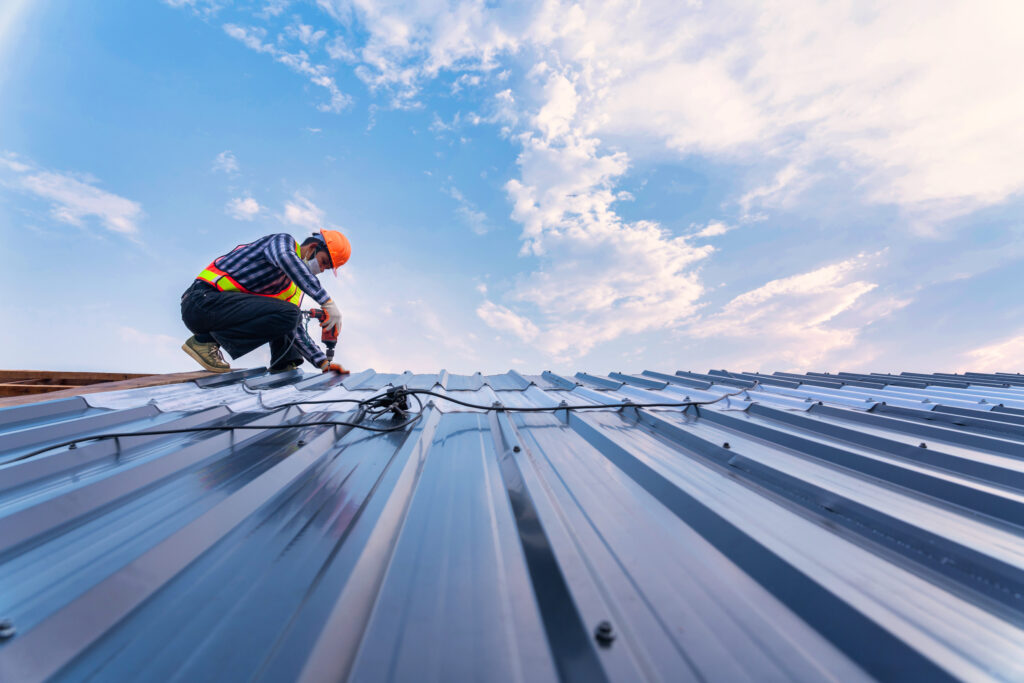
How To Install Metal Roofing: Complete Guide

Installing a metal roof can transform your home’s durability, energy efficiency, and curb appeal. Metal roofing systems offer exceptional longevity and weather resistance, making them an excellent investment for Florida homeowners facing intense climate conditions. Whether you’re considering a DIY approach or working with professional contractors, understanding how to install metal roofing properly is essential for achieving the best results.
This comprehensive guide will cover:
- Why metal roofing installation matters for your home’s protection
- Step-by-step installation process for metal roofing systems
- Essential safety considerations and building code requirements
- Tools and materials needed for a successful installation
- When to consider professional installation services
🏠 Why Metal Roofing Installation Is Important

Metal roofing installation requires precision and expertise to ensure optimal performance and longevity. Proper installation directly impacts your roof’s ability to withstand Florida’s challenging weather conditions, including hurricanes, heavy rainfall, and intense UV exposure.
When installed correctly, metal roofing systems provide numerous advantages:
- Superior durability: Metal roofs are built to last, enduring between 40-70 years with proper installation and care. This longevity far surpasses traditional roofing materials like asphalt shingles, making metal roofs a cost-effective long-term investment. They can withstand wear and tear from harsh weather and daily exposure to the elements without breaking down.
- Energy efficiency: Metal roofs feature reflective surfaces that reduce heat absorption, keeping your home cooler during hot months. This added efficiency can lower cooling costs by up to 25%, making them an eco-friendly and budget-conscious choice for homeowners interested in energy savings.
- Weather resistance: Metal roofs provide outstanding protection against severe weather conditions, including strong winds, heavy rain, and hail. They are engineered to endure extreme climates, offering peace of mind in areas frequently hit by storms or unpredictable weather patterns.
- Low maintenance: Unlike traditional roofing materials, metal roofs require minimal upkeep. They are resistant to common issues like moss growth, cracking, and warping, meaning less time and money spent on repairs or routine maintenance.
- Fire resistance: Made from non-combustible materials, metal roofs offer enhanced safety by reducing the risk of fire. This feature can be particularly beneficial in wildfire-prone areas or for homes equipped with fireplaces and chimneys.
- Environmental benefits: Metal roofing is not only durable but also sustainable. Many metal roofs are made from recycled materials and are fully recyclable at the end of their lifespan, reducing waste and supporting eco-conscious construction practices.
✅ 8 Steps to Install a Metal Roof

Installing a metal roof requires careful planning and precise execution. These steps provide a comprehensive overview of the installation process.
1. Plan and Prepare Your Installation
Before beginning any metal roof installation, thorough preparation is essential for success.
- Obtain necessary permits from your local building department
- Order materials with 10% extra to account for waste and cuts
2. Remove Existing Roofing Materials
Most metal roofing installations require complete removal of old roofing materials to ensure proper installation.
- Strip away old shingles, underlayment, and damaged decking
- Inspect roof deck for damage and make necessary repairs
3. Install Underlayment and Ice Barriers
Proper underlayment installation protects against moisture infiltration and provides additional weatherproofing.
- Apply synthetic underlayment across the entire roof deck
- Install ice and water barriers in valleys and around penetrations
4. Install Drip Edge and Trim Components
Trim components provide finished edges and direct water away from the roof structure.
- Secure drip edge along eaves and rake edges
- Install valley flashing and other specialty trim pieces
5. Begin Metal Panel Installation
Start installing metal panels from one end of the roof, ensuring proper alignment and overlap.
- Begin at the eave edge with your first panel properly aligned
- Secure panels according to manufacturer’s fastening specifications
6. Install Ridge Caps and Hip Covers
Ridge components seal the roof peak and provide weather protection at critical areas.
- Cut ridge caps to proper lengths with appropriate overlaps
- Secure with approved fasteners at recommended spacing intervals
7. Install Flashing Around Penetrations
Proper flashing installation prevents water infiltration around chimneys, vents, and other roof penetrations.
- Use appropriate flashing materials for each type of penetration
- Apply sealants according to manufacturer specifications
8. Complete Final Inspection and Cleanup
A thorough final inspection ensures all components are properly installed and secure.
- Check all fasteners for proper installation and spacing
- Remove debris and conduct comprehensive quality inspection
⚠️ Safety Considerations and Building Codes

Metal roof installation involves significant safety risks and must comply with local building codes. Understanding these requirements protects both installers and ensures long-term roof performance.
Safety Requirements
Working on roofs presents serious fall hazards that require proper safety equipment and procedures.
- Fall protection systems: Use harnesses, safety ropes, and secure anchor points
- Weather conditions: Never work during wet, windy, or icy conditions
- Proper footwear: Wear non-slip shoes with good traction on metal surfaces
Building Code Compliance
Florida building codes specify requirements for metal roofing installations to ensure structural integrity and weather resistance.
- Wind uplift resistance: Metal roofing systems must meet specific wind load requirements
- Fire ratings: Choose materials that meet local fire resistance standards
- Fastener specifications: Use only approved fasteners in correct quantities and spacing
Professional Installation Benefits
While DIY installation is possible, professional installation offers significant advantages for complex projects.
- Insurance coverage: Professional contractors carry liability and workers’ compensation insurance
- Warranty protection: Manufacturer warranties often require professional installation
- Code compliance: Experienced contractors understand local building code requirements
🎯 Take the Next Step Toward Your New Metal Roof
Installing a metal roof represents a significant investment in your home’s protection and value. While this guide provides essential information about the installation process, the complexity and safety requirements often make professional installation the wisest choice.
Proper metal roof installation requires specialized tools, extensive knowledge of building codes, and years of experience working with various metal roofing systems. Professional contractors bring expertise that ensures your investment provides maximum protection and longevity.
Ready to explore metal roofing options for your home? Contact Greentek Roofing & Solar today for a free consultation and estimate. Our certified installation team will help you choose the right metal roofing system and ensure it’s installed to the highest standards.

